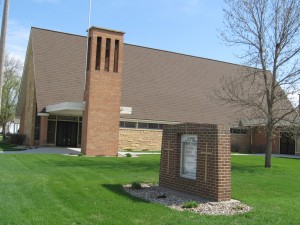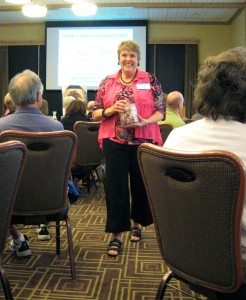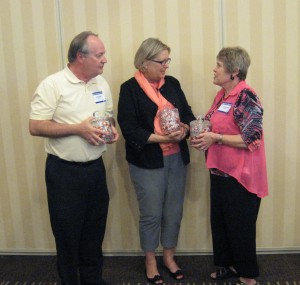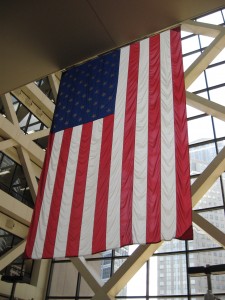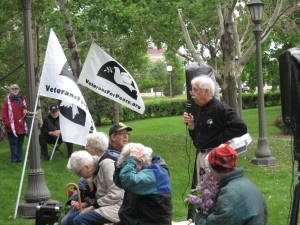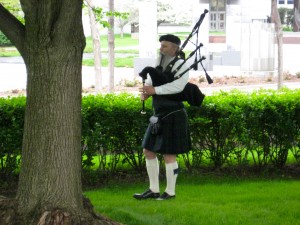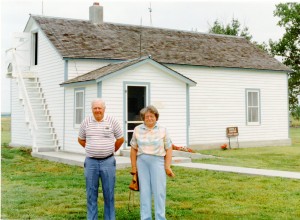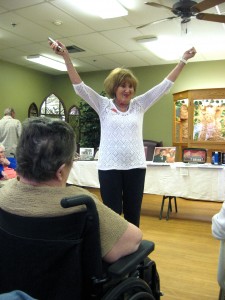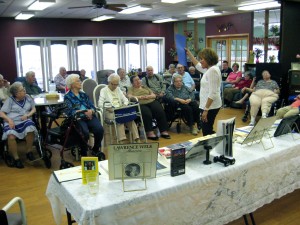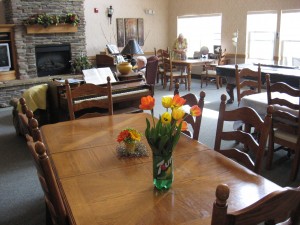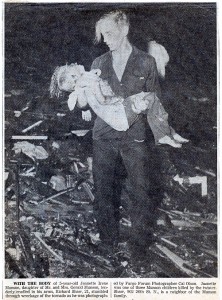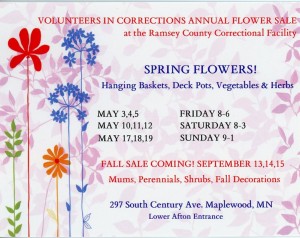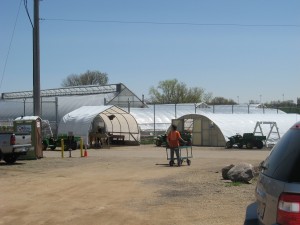UPDATE MAY 23, 2013: In the third paragraph, below, is a 100 question test I took in 1957. Scroll down to the UPDATE continuation following the original post, and you will find the Answer Key which I prepared, to the best of my limited ability. If interested, first take the test, then compare your answers with mine in the key. Challenges are solicited.
This is part of a series of posts about Sykeston North Dakota.
Feb 11, 2013: “Sykes High, oh Sykes High School”
May 4 (the main article): Thoughts on Sykeston High School at its Centennial
June 12 Remembering Sykeston in late 1940s
June 28 Snapshots in History of Sykeston
June 29 Sports in 1950s small towns in North Dakota
July 3: Remembering Don Koller and the Lone Ranger
*
A few days ago I did a long post about Sykeston High School, a tiny place near the center of North Dakota from which I graduated in 1958.
Curt Ghylin, now a Minnesotan but back in the early 1960s a student at the same college as I, Valley City State Teachers College, visited the blog, and noticed a state-wide test given to high school Juniors and Seniors that I had taken in November, 1957, on North Dakota History, Government and Citizenship.
For those interested, the 100 question test is here: ND Hist Govt Ctzn 1957001.
Curt asked a perfectly reasonable question: “I want to show our kids the test on North Dakota history that your referenced. Do you know if the key is available somewhere? I don’t know all the answers.”
Well, I was a kid taking the test in 1957, and I did well on it, but it was statewide, probably scored by the University of North Dakota (UND), 150 miles or so from where I was marking my sheet….
No, I don’t have an answer key, Curt.
And relooking at the test, yesterday, I wouldn’t give even odds that I’d get 50% right today, without lots of cheating!
But Curt’s was a perfectly reasonable question, and I knew I had placed second (or such) in the state that year, and there must be something…. In my bookshelf was a book I had been given at the state “Know Your State” contest at UND in December, 1957. It was an autographed copy of “North Dakota A Human and Economic Geography” by Melvin E. Kazeck of the Department of Geography of the University of North Dakota, published 1956 by the North Dakota Institute for Regional Studies at North Dakota Agricultural College (now NDSU) in Fargo.
Mostly, all of the answers will be somewhere in that 264 page book. Best I know I’m the only person in the world who has a copy (I google’d it), so if it’s going to get done, I’m going to have to be the one to do it.
And I will, Curt. Yes I will. Take the test yourself, and check back to this space by early June, 2013 for the “key” (which should be pretty close to accurate).
In his e-mail, Curt articulated a problem with such old documents: “I had to point out to my sister-in-law as she read the test that the date of the test was 1957 when she questioned why Interstate 94 wasn’t a possible answer for question 2—‘The highway running across ND from Fargo to Beach’ “
Here, from Kazeck’s book, is a map with the answer to THAT question, from page 181! (The first stretch of ND Interstate wasn’t constructed until 1958, between Valley City and Jamestown, and that was among the first stretches of Interstate Highway in the U.S.)
(click to enlarge)
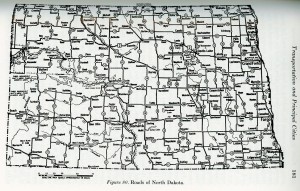
North Dakota Highways 1956 from Melvin E. Kazeck’s North Dakota, A Human and Economic Geography
As I was leafing through Kazeck’s volume, I came across the last chapter “The Future of the State” of North Dakota.
That chapter was written 57 years ago, by someone very well versed in his topic and published by a respected institution.
This morning I pdf’ed that 35 or so page chapter, and for anyone with an interest, here’s how a North Dakota geographer saw the future of North Dakota in the year 1956:
ND Geog 1956 Kazeck001
I find the chapter quite interesting.
I hope you do, as well.
UPDATE May 23, 2013:
Here is the Answer Key for the 1957 test:
ANSWER KEY for ND Test 1957.
All I can say is that I’ve tried to give answers that seem consistent with what the test authors would have said were correct in 1957. With some luck, most of my choices are accurate. I was a geography major in college in North Dakota, but over 50 years away has taken its toll. I avoided the traditional student response to multiple choice – “multiple guess” – but at times it was very tempting.
I was very fortunate to have in my bookshelf two books which were source works about North Dakota geography written during the general time period of the test.
Melvin Kazeck’s volume is described above; and
Bernt Lloyd Wills book,
North Dakota, The Northern Prairie State, was a text for North Dakota students. This book included a pleasant surprise (see below).
Neither book appears to be currently available.
A third book in my bookshelf is
Dr. Elwyn B. Robinson’s History of North Dakota. I didn’t use this book when searching answers, but it appears to remain the definitive history of North Dakota, and it is still available for purchase.
Each author was, at the time they wrote their book, professors at the University of North Dakota. Kazeck and Wills were geographers; Robinson an historian.
Robinson’s Preface is very interesting to read, and in a few words gives context to North Dakota, and (probably) reveals the reason for the 1957 statewide test for young students like myself:
Dr. Elwyn Robinson001
Bernt Lloyd Wills was apparently a graduate of Valley City State Teachers College (VCSTC), my own alma mater.
His Social Studies book appears, in retrospect, to have been a cooperative venture involving college geography teachers across North Dakota.
George Kennedy, who expertly taught me all the classes towards my major at VCSTC, contributed a number of the graphs incorporated into the book. Among many VCSTC teachers who stood out, Mr. Kennedy and Mary Hagen Canine (journalism) stand out for me.
On page 262 of Wills book are ND school statistics for 1960 and earlier years. In 1960, in North Dakota, there were 135,548 students in North Dakota Public Schools, of which 35,600 were high school students (most likely grades 9-12). Thus, perhaps 15-20,000 ND students took that Social Studies test in November, 1957.
Wills book includes a chapter on his future vision for North Dakota: “Retrospect and Prospect” is a very interesting read, joining Kazeck’s future view (see above):
ND Bernt Wills 1963002
Wills also includes a significant number of poems by
Dr. Soren Kolstoe, born in 1888, who was a long time professor at Valley City State Teachers College, and apparently retired in 1958, right before I enrolled at VCSTC. The Kolstoe poems included in the book reverence the land we all know as North Dakota:
Soren Kolstoe poems001
And since it can still be purchased, I’d suggest Dr. Elwyn Robinson’s
History of North Dakota as a Legacy Book for your descendants. His last chapter, “The Character of a People” catches the essence of the state in which I grew up.
Thank you, North Dakota
Comments:
From NDakotan Rick, May 9, 2013:
I enjoyed the read. I picked out a few plums.
1. Population has been fairly stable since 1920 or so. Low 600,000 number
until recently with the oil boom. Now projected to go over 1 million.
2. Back in 1950, some analysis suggested that if ND developed all of its
natural resources: Oil, Coal and Water. We would add 1 million in
population. ND has developed the coal and most recently the oil. And, it
appears we will add population accordingly. Pretty good insights by those
economists back then. The water never got developed. It was a major project
called the Garrison diversion project that would bring Missouri river water
east for irrigation through-out central and eastern ND. Depended heavily on
federal dollars. Garrison diversion did start in the 60’s and was on and off
again through-out the 60’s,70’s and 80’s depending on which administration
and which congress was in power to dole out public monies. Finally, in the
80’s, it died a final death (Reagan’s terms I believe). Now sits half
finished. I think they brought it as far east as about north of Jamestown.
3. Population was only 2400 (non-native) people in 1870 when statehood was
in the works. Wow, can you imagine. I think ND is desolate now, that’s just
over the population of Hankinson scattered across the entire state.
4. It only cost a total of $70,000.00 in 1950 to own the land and equipment
to operate profitably an average farm of 650 acres. Sounds like simpler
times to me. That total bill today for 650 acres including equipment is 3.2
million.
5. Here’s a real gem for you Jeff. Page #32. If you have a hard time
figuring out the politics of ND. It’s in our DNA. Back in the 1950’s, the
legislation was considering a progressive property tax to keep a level
playing field with farmers. Not let the large farms get bigger at the
expense of smaller farmers. The more land you owned, the higher the property
tax until at some point, the property tax was so high on large farms that it
became unprofitable to be a large farmer. I like it. Never got enacted
though. Sounds like a true progressive liberal policy to me.
From NDakotan Carl May 9, 2013:
After reading the ND forecast article, it reminded me of the uncompleted McClusky Canal. I was teaching in McClusky when they were surveying. (1960-63) My wife is from McClusky so we went out there and checked on the progress of the digging when we went home to the grandparents. It is a shame they didn’t finish the less than six miles to connect to the Lonetree Reservoir. I got the information below by Googling the McClusky Canal. There are some good fishing lakes created by the canal be lower than the surrounding area. In fact one lake was drained an another created. Enjoyed your recent blogs. Carl
Lonetree Wildlife Management Area
The original Garrison Diversion Unit plan utilized the McClusky Canal to transport water resources to the Lonetree Reservoir. The reservoir was intended to be a regulating reservoir connecting the McClusky Canal and the New Rockford Canal. It was deauthorized by the Dakota Water Resources Act of 2000 and, instead, developed into a wildlife conservation area. The Lonetree Wildlife Management Area is operated by the North Dakota Game and Fish Department.
The McClusky Canal is a 73.6-mile-long canal designed to transport Missouri River water to the Sheyenne River, which flows into Lake Ashtabula reservoir above Valley City and, eventually, the Red River, and to the New Rockford Canal, another part of the GDU. The McClusky Canal crosses the continental divide between the Gulf of Mexico drainage basin and the Hudson Bay (Canada) drainage basin. The McClusky Canal has not been completed and currently (2006) does not connect to the Sheyenne River or the New Rockford Canal.
From Bismarck Tribune May 2, 2012,
here.

